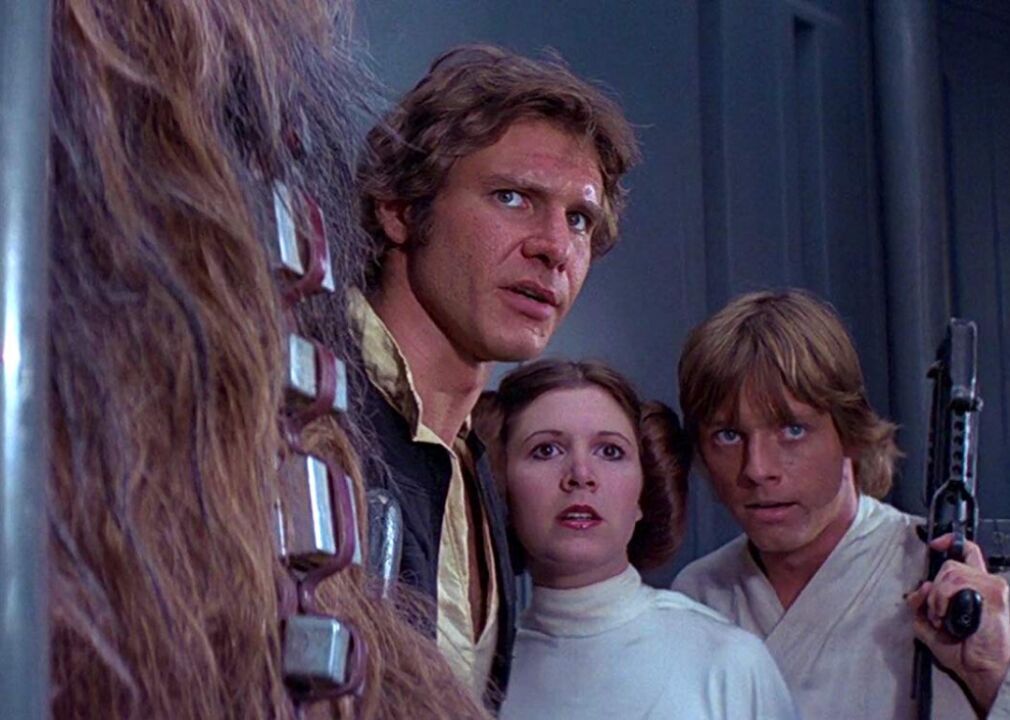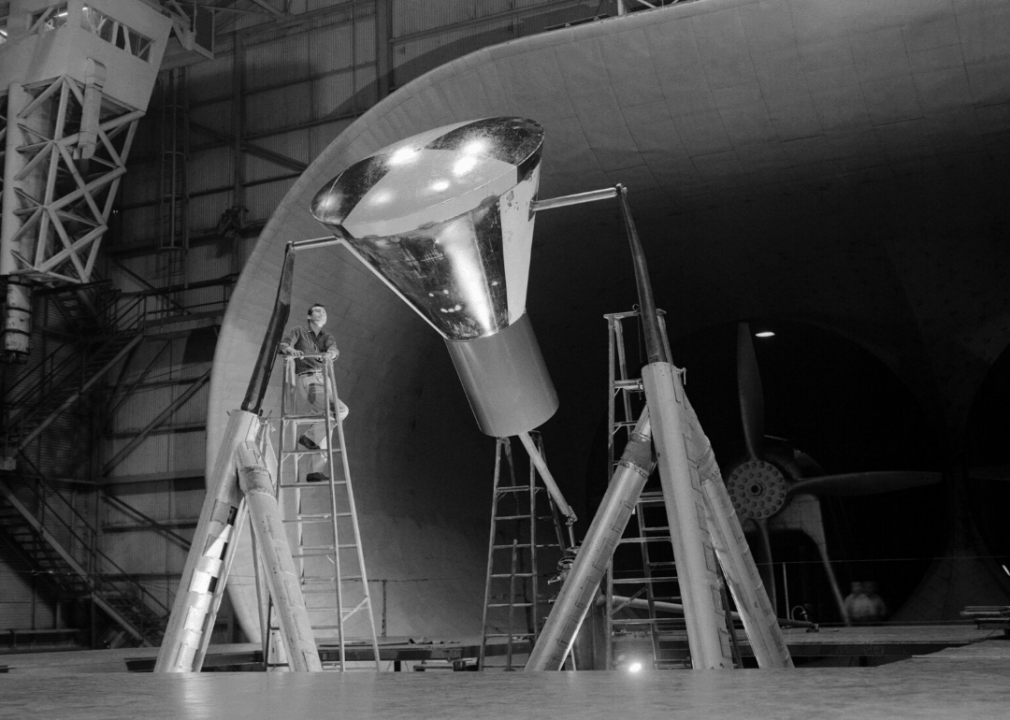

(CNN) Engineers want to build an underground lunar ark, filled with millions of seed, spore, sperm and egg samples from. Scientists have unveiled plans for a lunar ark on the moon containing genetic information on 6.7 million species to ensure their preservation against existential threats.Īrctic Doomsday Vault Stocks Up On 60,000 More Food Seeds. Scientists say that 250 rocket launches would be required to transport about 50 samples from each of 6.7 million species to the moon. The Lunar Ark is where cryogenically frozen samples of sperm, eggs, spores, and seeds of 6.7 million species can be protected in safety on the Moon.

Because human civilization has such a large footprint, if it were to collapse, that could have a negative cascading effect on the rest of the planet.”ĭubbing their project a “modern global insurance policy,” the scientists’ plan is to fill the ark with millions of seed, spore, and reproductive cells from Earth’s species that would be cryogenically preserved. Some construction is already scheduled to take place on the. Last week, China and Russia agreed to jointly construct a lunar space station, which will be "open to all countries.They said the vault could protect the genetic materials in case of “total annihilation of Earth,” which would be triggered by a major drop in biodiversity. Some construction is already scheduled to take place on the moon for another project.

Powered by solar panels, the underground ark would be accessed by elevator shafts, which would lead to a facility storing cryogenic preservation modules. Scientists think the tubes - 100 meters (328 feet) in diameter - could provide the perfect shelter for the precious cargo, protecting it from solar radiation, surface temperature changes and micrometeorites.
#Doomsday vault moon how to
Scientists also still don't understand how a lack of gravity could affect preserved seeds, or how to communicate with an Earth base.Įxperts uncovered a network of some 200 lava tubes beneath the surface of the moon in 2013, which had formed when streams of lava melted through soft rock to form underground tunnels billions of years ago. But the team says that at such temperatures, metal parts of the base could freeze, jam or cold-weld together. The researchers said the project is dependent on advancements in cryo-robotics technology - to be cryopreserved, the seeds must be cooled to minus 292 Fahrenheit, while stem cells must be stored at minus 320 Fahrenheit. In a paper presented earlier this month, the team from the University of Arizona think their concept could preserve life from Earth in the event of destruction of the planet we call home. Similar "doomsday vaults" exist on Earth: The Global Seed Vault, home to just under 1 million seed samples, is located on a remote island in Svalbard, an archipelago located between Norway and the North Pole.

Because human civilization has such a large footprint, if it were to collapse, that could have a negative cascading effect on the rest of the planet." "As humans, we had a close call about 75,000 years ago with the Toba supervolcanic eruption, which caused a 1,000-year cooling period and, according to some, aligns with an estimated drop in human diversity. "Earth is naturally a volatile environment," researcher Jekan Thanga, a professor of aerospace and mechanical engineering in the University of Arizona College of Engineering, said in a statement. They said the vault could protect the genetic materials in the event of "total annihilation of Earth" which would be triggered by a major drop in biodiversity - but any move to build such a bunker is a long way off.
#Doomsday vault moon series
Scientists from the University of Arizona have proposed an ark, dubbed a "modern global insurance policy" for 6.7 million species from Earth, cryogenically preserved and hidden inside a series of caves and tunnels under the moon's surface. Engineers want to build an underground lunar ark, filled with millions of seed, spore, sperm and egg samples from Earth's species, hidden in a network of tubes on the moon to provide a genetic backup for the planet in the event of a doomsday scenario.


 0 kommentar(er)
0 kommentar(er)
